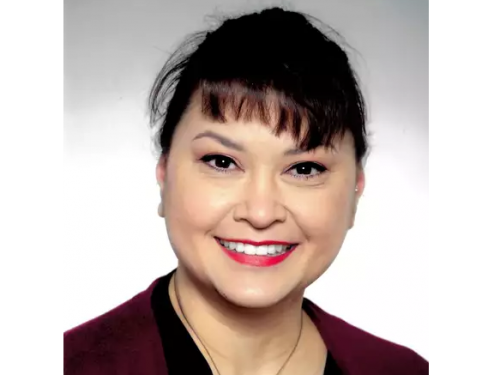师资
Education background
Jennifer Midori Miller is an Assistant Professor at the Center for Social Sciences at Southern University of Science and Technology in Shenzhen, China. She holds a PhD and MA in Anthropology from the University of Alberta and a BA in Archaeology from Simon Fraser University, and from 2019-2024 she worked as a Postdoctoral Researcher at the Max Planck Institute for Geoanthropology. Her academic journey and research trajectory exemplify a deep commitment to understanding human societies through an interdisciplinary lens, focusing particularly on the intersections of archaeology and anthropology.
Dr. Miller’s research is anchored in the study of human behavior and social structures in prehistoric contexts, making significant contributions to the field of social sciences. Her work examines human sociality and behavior through material culture, especially ostrich eggshell beads. These beads are not merely artifacts; they are key to understanding social networks, identity formation, and symbolic communication among early human populations.
Research areas
As a Palaeolithic archaeologist, Dr. Miller studies the evolution of human behavior and social structures in prehistoric contexts. My work has made significant contributions to understanding ancient human sociality and behavior through unconventional approaches to material culture analysis. In particular, I am a recognized expert in archaeological shell disc beads and beadmaking in Africa. To me, these ancient beads are not just artifacts; they are key to understanding social networks, identity formation, and symbolic communication among early human populations. I use these tiny beads to reconstruct how early humans interacted, communicated, and formed social bonds. My research highlights the cultural and symbolic dimensions of ancient societies, demonstrating how material culture can illuminate broader social dynamics and behavioral. This work underscores the interconnectedness of past and present human experiences, providing insights into the enduring nature of social and cultural practices.
Teaching and mentorship
Dr. Miller has over 10 years of experience teaching at the university level. She has taught in classroom and laboratory settings about archaeology, human evolution, and symbolic behaviors. By incorporating video clips, interactive activities and practical examples, she works to engage students of various learning styles. At SUSTech, Dr. Miller teaches courses including Human Evolution (SS167) and Palaeolithic Art and Symbols (SS168). She is well-versed in African archaeology, but also in the Palaeolithic archaeology of Europe, Asia and the Americas.
Dr. Miller's main research areas are Palaeolithic archaeology, human behavioral evolution, and symbolic ornaments. Her doctoral thesis was the first to conduct a diachronic study on the variation of Pleistocene ostrich eggshell beads in Africa. Her work revealed a previously unidentified 50,000 year old link between eastern and southern African populations that has since been supported by genetic studies.
With her specialized skills and extensive publication record, Dr. Miller has become a leading authority on archaeological ornaments. Her work drives new research protocols and methods, offering fresh insights into ancient social lives. Using innovative and interdisciplinary approaches, Dr. Miller unlocks new avenues for understanding Palaeolithic behavior.
Dr. Miller also has a strong background in field archaeology with survey and excavation experience in North America, South America, Europe, and Africa.
Academic achievements
To date (June 2025), Dr. Miller has published 14 peer-reviewed journal articles (6 of these are first authored), one book chapter, and an encyclopedia entry. On Google Scholar Dr. Miller has an h-index of 12, with 501 citations.
Her research has been published in leading academic journals and presented at international conferences, showcasing the importance of material culture in reconstructing past human behaviors and social structures. She has also secured several research grants that have enabled her to conduct extensive fieldwork and laboratory analysis, further advancing knowledge of prehistoric human societies. Her commitment to academic excellence and interdisciplinary research continues to drive her work, contributing to the broader fields of the humanities, social sciences, and cultural arts.

